In a few short days it will be September – which is “National Honey Month.” Even if you never eat honey, you still enjoy how hard honey bees work. Bees pollinate an amazing number of crops that we use, including food, fodder, fiber, and oil crops. USDA reports that roughly one third of our daily diet relies on honey bees.
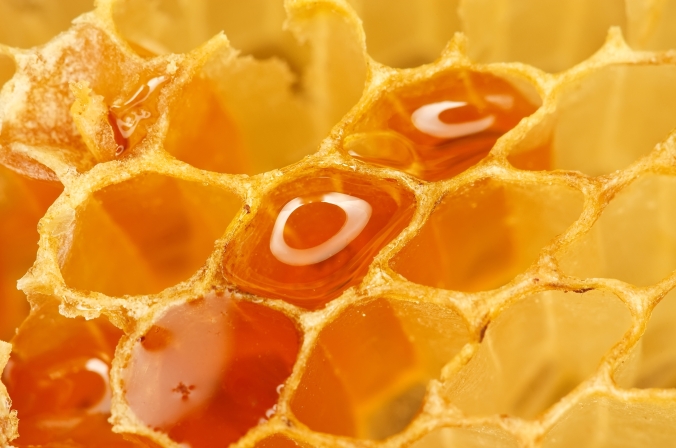
Honey bees are not native to North America. They were brought over from Europe early in the colonization phase, promptly escaped, and spread across the New World at a rapid clip. There is no way of knowing if they caused the extinction of native bee species, but indications are that there was more than enough nectar and pollen for all species, native and introduced.
When bees make honey, they take the nectar that the plants create through photosynthesis and remove most of the water (creating a super saturated solution). Since the plants link carbon dioxide and water together to form glucose and fructose, that’s mostly what honey is. There are also traces of amino acids, vitamins, and specific phytochemicals that plants put into their nectar to reward pollinators.
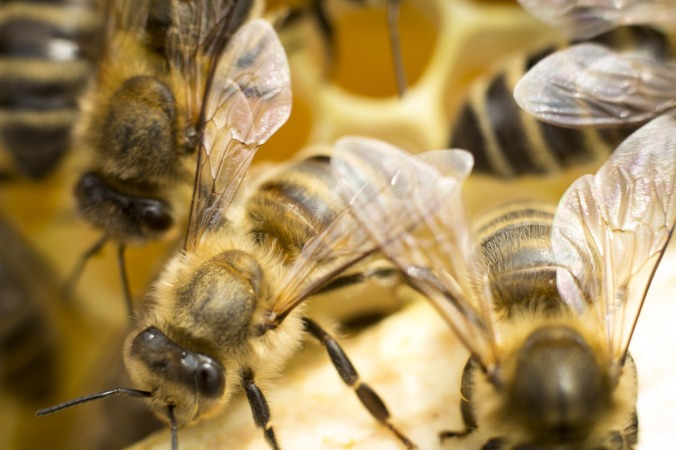
Honey and human metabolism. Yes, glucose and fructose are sugars, and blending them into honey doesn’t change that. The glycemic index of honey is lower than refined white table sugar but glycemic response to honey is highly individualistic. The American Diabetes Association has a cautiously worded stance that honey might be preferred over sucrose. In general, honey has clear advantages over table sugar when it comes to traces of amino acids, essential proteins and immune boosting capabilities.
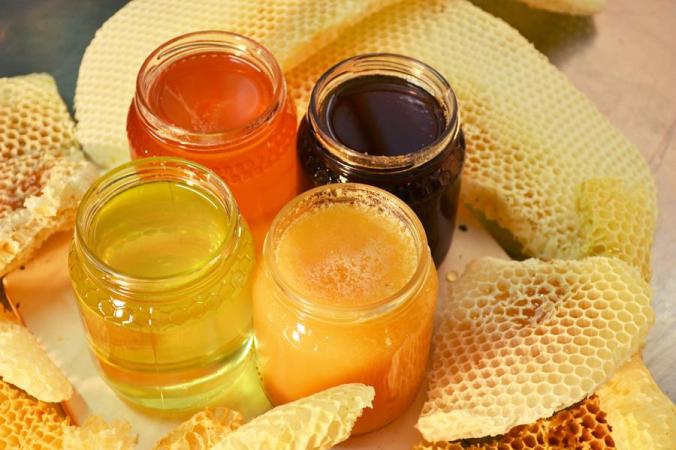
Honey and teeth. Honey contains only small amounts of sucrose, the sugar that causes plaque to adhere to teeth. Honey also contains phytochemicals which appear to have some antimicrobial action against oral pathogens. Thus honey is a better sweetener than table sugar, at least as far as the daily health of your teeth are concerned. The wound healing and antimicrobial properties of honey may be valuable in the treatment of periodontal problems, and in treating tissues after oral surgery, two topics currently being investigated.
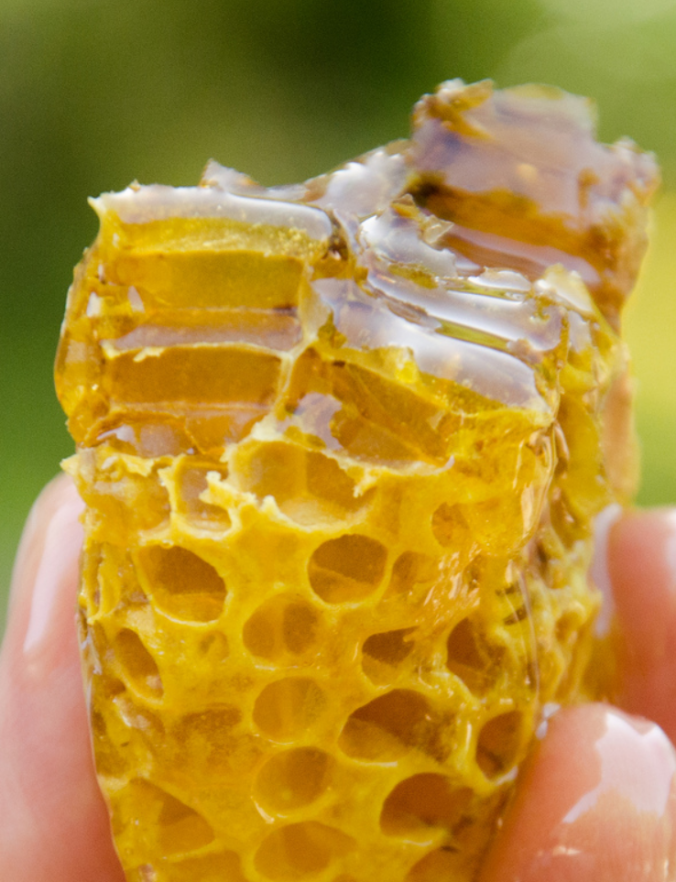 Honey and energy. Honey is a concentrated source of fructose, glucose, and other di-, tri-, and oligosaccharides, as well as amino acids human bodies need for energy. Studies show that honey is an economical alternative to carbohydrate gels for athletes.
Honey and energy. Honey is a concentrated source of fructose, glucose, and other di-, tri-, and oligosaccharides, as well as amino acids human bodies need for energy. Studies show that honey is an economical alternative to carbohydrate gels for athletes.
Honey and food. There are numerous ways to savor honey in cooking and meal preparation, not to mention creating alcoholic beverages. A simple salad dressing of honey, apple cider vinegar, and olive oil is delightful, and quick to make.
For more ways to use honey in this coming National Honey Month, search our posts for “honey,” read the guest blog by Monica King, or visit https://www.honey.com/
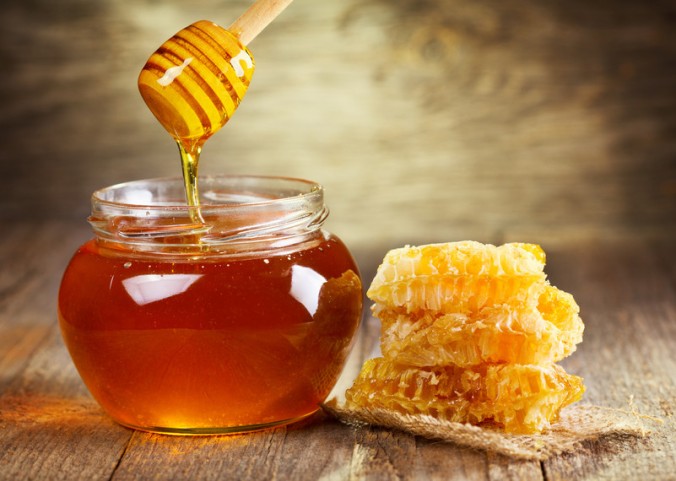
![]() Want to learn more? Look for my free lectures at your local Pima County Library branch, Tubac Presidio, Tucson Festival of Books and other venues. After each event I will sell and sign copies of my books, including Southwest Fruit and Vegetable Gardening (Cool Springs Press, $23).
Want to learn more? Look for my free lectures at your local Pima County Library branch, Tubac Presidio, Tucson Festival of Books and other venues. After each event I will sell and sign copies of my books, including Southwest Fruit and Vegetable Gardening (Cool Springs Press, $23).
Article copyright by Jacqueline A. Soule. All rights reserved. Republishing an entire blog post or article is prohibited without permission. I receive many requests to reprint my work. My policy is that you may use a short excerpt but you must give proper credit to the author, and must include a link back to the original post on our site. Photos copyright Jacqueline A. Soule where marked and they may not be used.